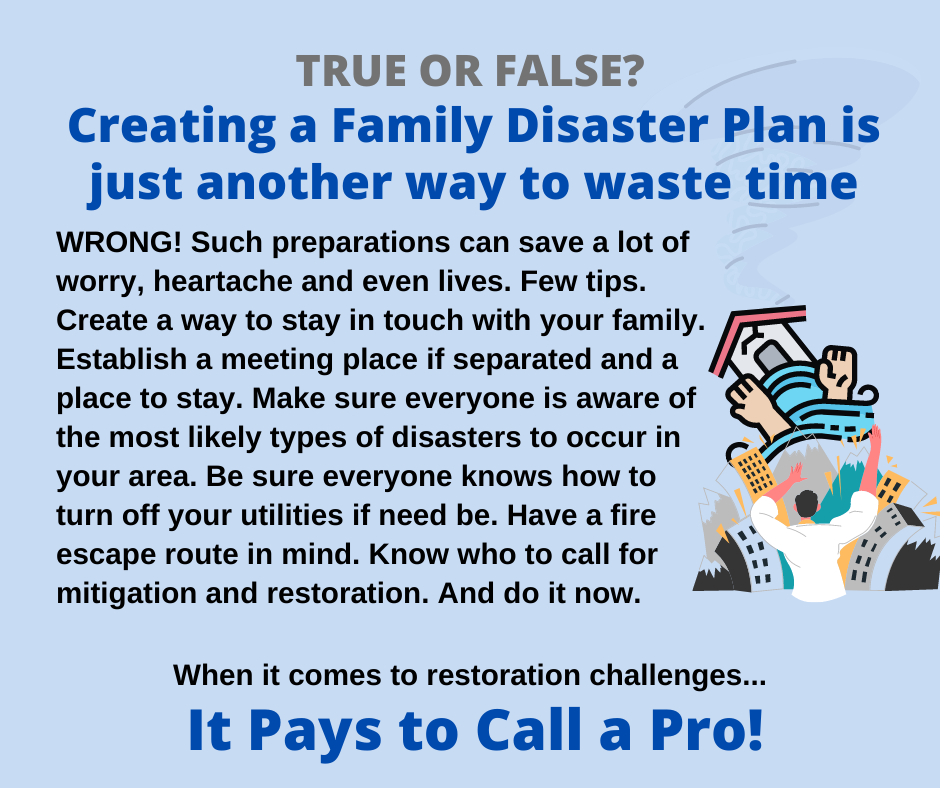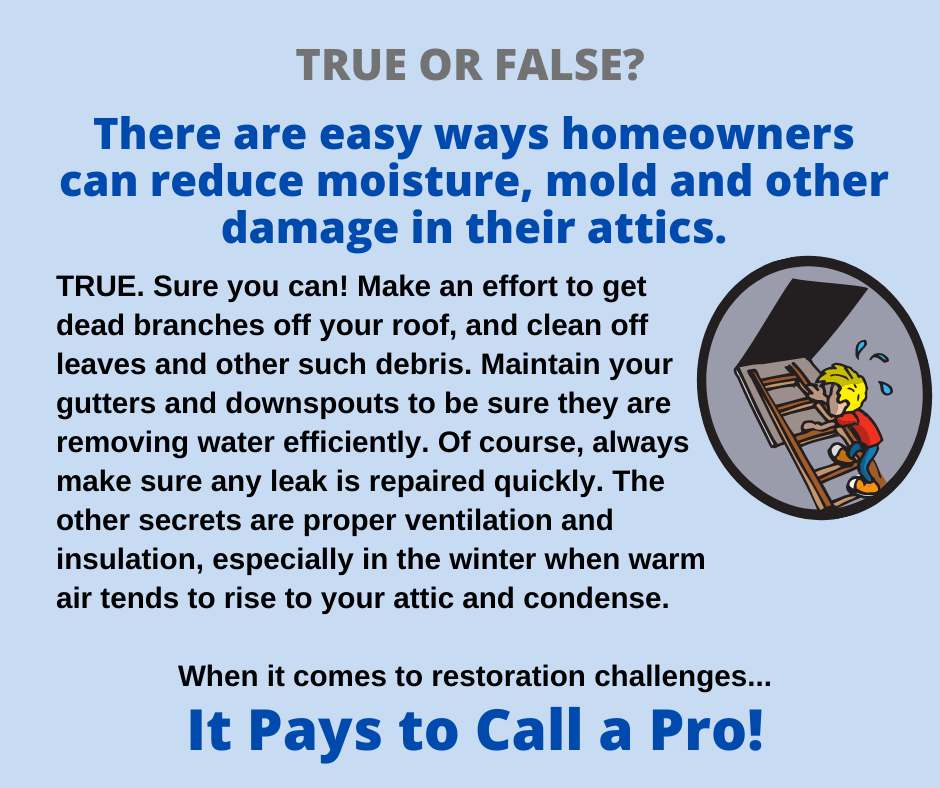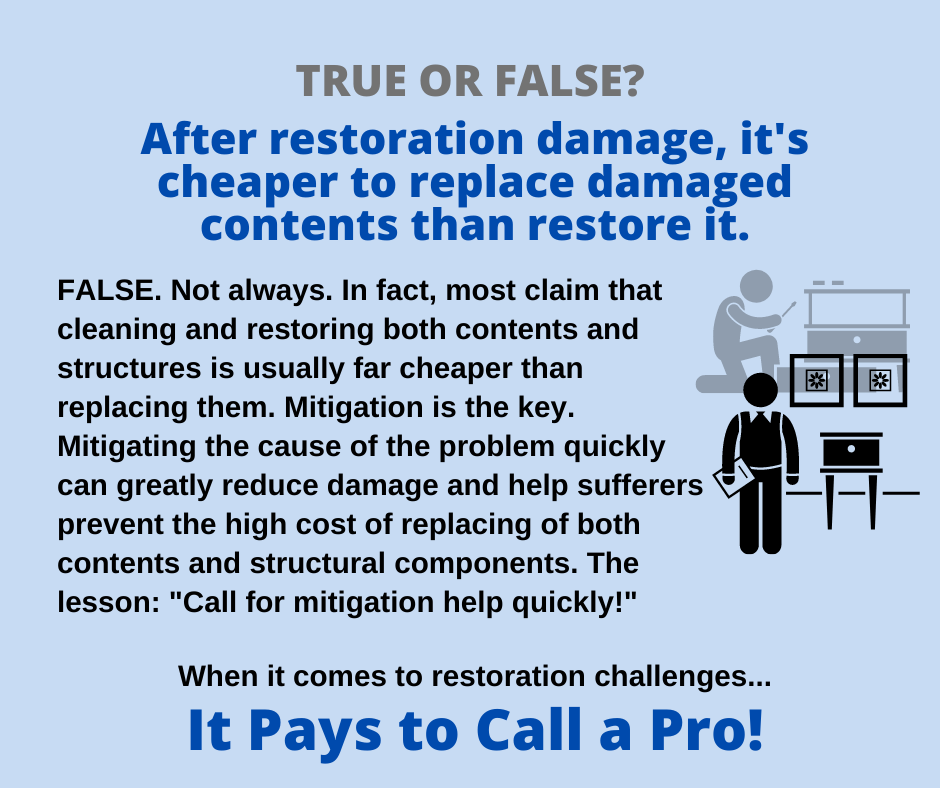|
How Lightning Works
We often think of flooding, broken pipes, and failed sump pumps as the leading cause of damage to our homes. And you would be correct in thinking that. But there are other events that can occur that can damage our home besides water intrusion. Lightning strikes are one of those events that can happen during any thunderstorm and cause considerable damage to homes. It’s important to understand the details behind one of the most powerful natural phenomena in existence. How does lightning even occur in the first place? It results from a natural electrical discharge that occurs during powerful storms, caused by the buildup of static electricity in the atmosphere, and then released in sudden, powerful bursts. During a thunderstorm, air currents cause particles to collide and create a separation of electric charge. The negatively charged particles tend to accumulate at the bottom of the cloud, while the positively charged particles accumulate at the top of the cloud. This separation of charge creates an electric field, which can be thousands of volts per meter. And when it becomes strong enough, the electrical field ionizes the air molecules, creating a path of ionized air called a “leader.” The leader travels downward from the cloud in steps, with each step creating a faint glow. When the leader nears the ground, a stream of positively charged ions is attracted to the leader, and this upward stream of ions is called a positive streamer. When the two meet, you get lightning, which heats the air around it to thousands of degrees Celsius, causing a thunder shockwave, which is what we hear. Besides taking cover and protecting yourself, what can you do to prepare and avoid damage to your home from lightning? Here are a few ideas. Install a lightning protection system: A lightning protection system consists of a metal rod or conductor that is mounted on the roof and connected to a ground rod. This system helps to direct the lightning strike away from your home and safely into the ground. Unplug appliances: During a thunderstorm, unplug any appliances that are not needed to prevent damage from power surges caused by lightning strikes. Use surge protectors: Install surge protectors to protect sensitive electronics from power surges caused by lightning strikes. By taking these precautions, you can help protect your home and keep your family safe during a thunderstorm. But when lightning does strike, or if you have any other damage to your home such as from a fire or flooding, call your favorite restoration company. After all, it pays to call a pro! How Clouds Work
We all know there are rainy seasons and dry seasons and all types of weather in between. Moisture comes to us in all types, and most of us view clouds as the source. But have you ever thought of how clouds work? And what that means for your home? Clouds are formed when water vapor in the atmosphere condenses into tiny water droplets or ice crystals. This process occurs when warm, moist air rises and cools, causing the water vapor to condense into visible clouds. There are several ways that this can happen. Convection is one of those ways. This occurs when warm air rises due to being less dense than cooler air. As the warm air rises, it cools and the water vapor it contains condenses to form clouds. Then you have frontal lifting. This occurs when two air masses with different temperatures and different humidity levels meet. The warmer, less dense air is forced to rise over the cooler, denser air. As the warm air rises, it cools and forms clouds. Here’s a term you probably haven’t heard of: Orographic lifting. This occurs when air is forced to rise over mountains or other topographic features. As the air rises, it cools and clouds form. Once clouds form, they can continue to grow and change shape as more water vapor condenses onto existing droplets or ice crystals. The type of cloud that forms depends on the temperature, humidity, and altitude of the air where the cloud is forming. Clouds can be classified into different types, including cirrus, stratus, cumulus, and nimbus, among others. Thunderstorms are usually associated with cumulonimbus clouds, which are commonly known as thunderstorm clouds. These clouds are characterized by their tall, anvil-shaped tops and can extend up to 50,000 feet into the atmosphere. Cumulonimbus clouds are formed by a combination of warm, moist air rising rapidly and cold air descending, which creates a strong updraft. And this is the typical situation when a storm hits your home, and you get a flooded basement or other water damage. When that happens, there’s not much you can do at that point but wait until the storm passes and then assess damage. Trying to clean it up yourself is possible, but there are hazards involved. It’s best to contact your favorite restoration company. After all, it pays to call a pro! |
Quality Cleaning & Restoration MA
MA: 413-350-3851 Archives
June 2023
Worcester MA Cleaning OutPost Site
|
Would you like to get your own OutPost Site? Cleaning and restoration firms who are MarketingZoo.com members get
|
CleaningOutpost.com Directory of Cleaning & Restoration Businesses is a service offered by MarketingZoo.com
Copyright 2015 Thinkshortcut Publishing, LLC
Copyright 2015 Thinkshortcut Publishing, LLC



 RSS Feed
RSS Feed
